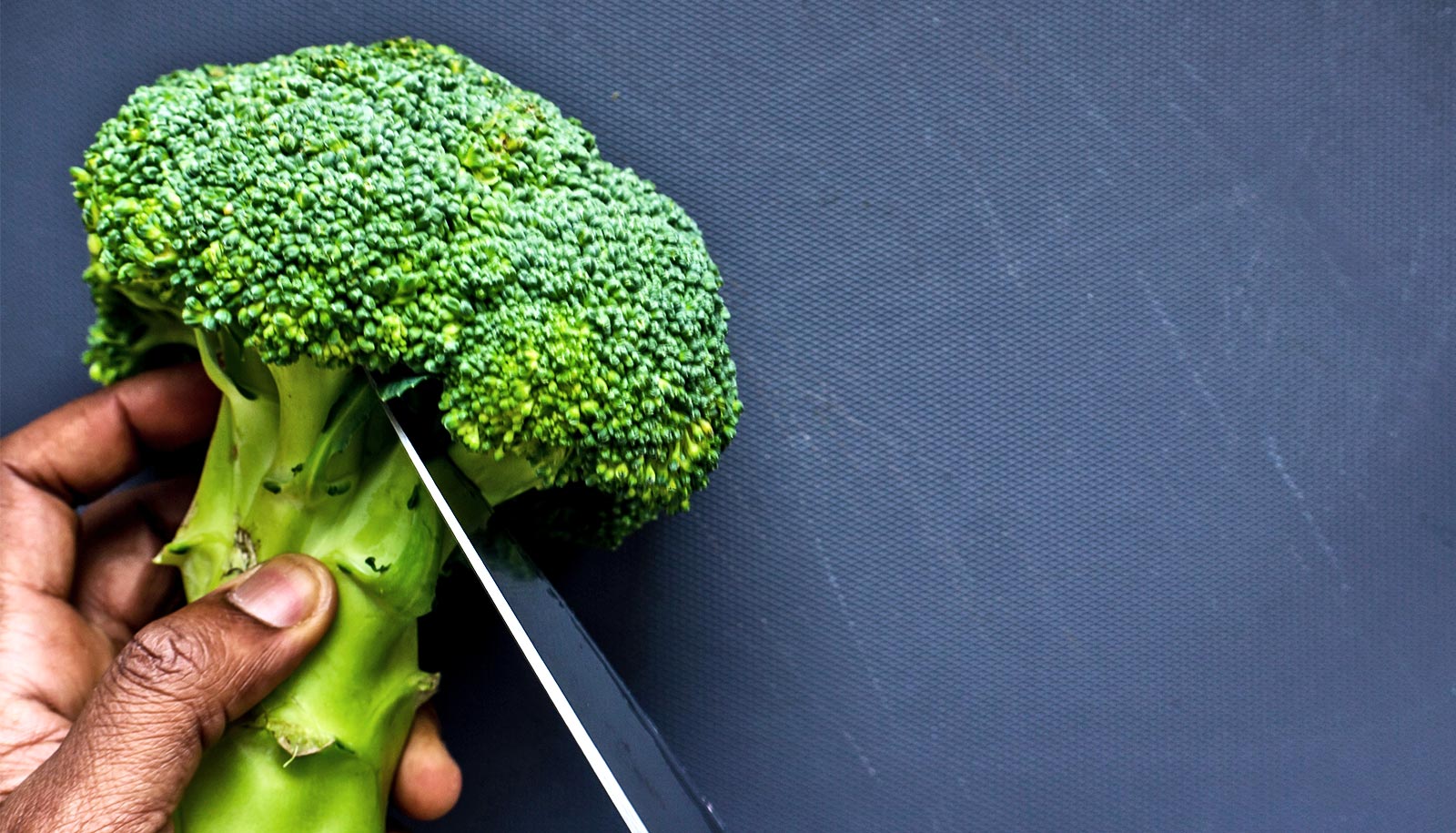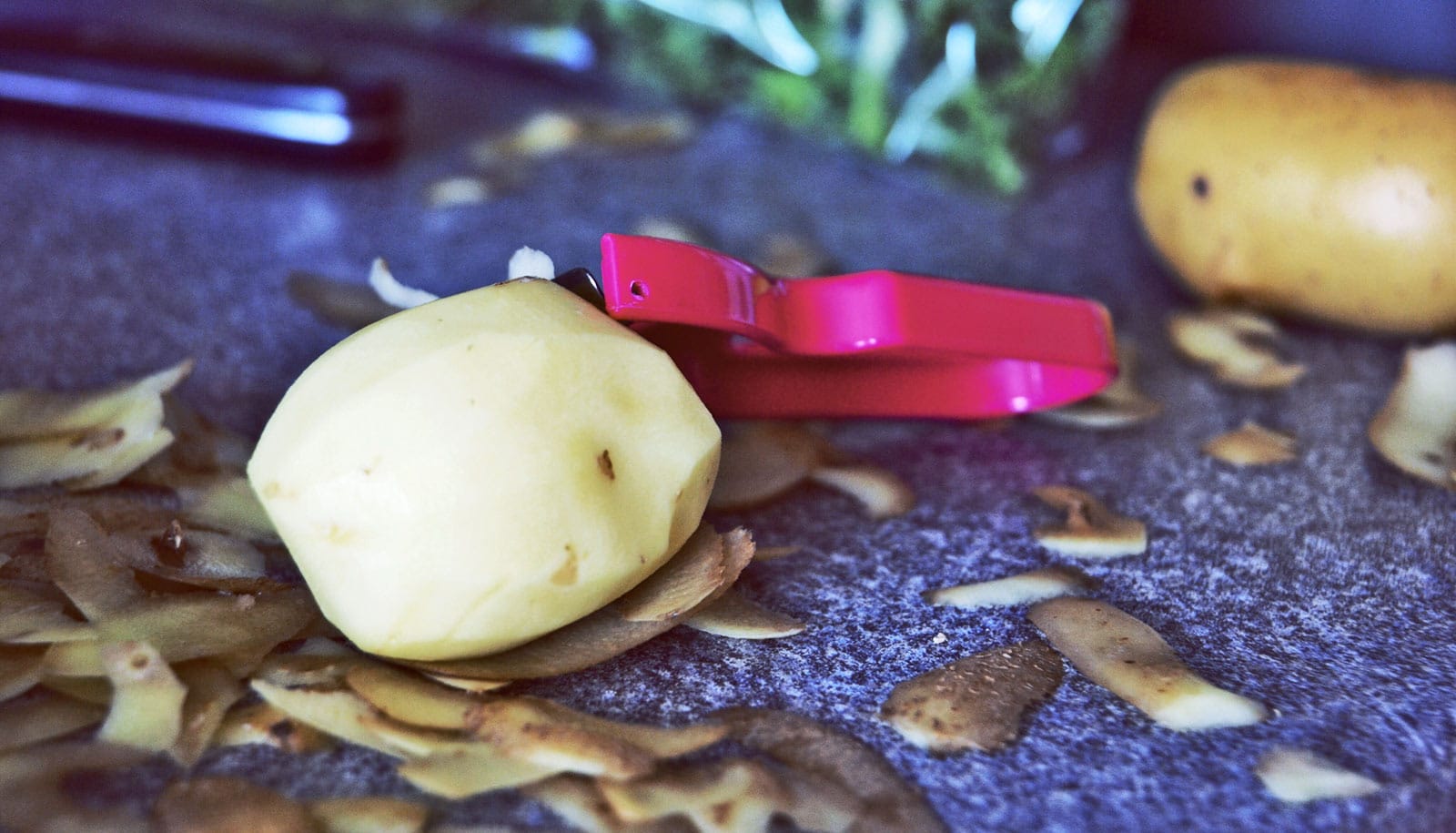Researchers have discovered a previously unknown response to the metabolite indole, in which it seems to both repel and attract bacteria.
As pathogens strive to infect, they take cues from molecules—or metabolites—in the gut. Pathogens interpret distinctive metabolites differently and are either attracted to or repelled by them.
Indole is an example of a microbiome-produced small molecule that is abundant in the gut and is a powerful repellent for bacteria. The researchers wanted to know why indole doesn’t repel the good gut bacteria along with the bad.
To answer this question, they studied the response of the beneficial gut bacteria Escherichia coli to indole.
The Janus response—named after the Roman god Janus who had two faces, one looking into the future and one looking into the past—they discovered has to do with the way bacterial chemo-receptors interpret indole.
“We found that there are two receptors in E. coli that sense indole,” says Pushkar Lele, assistant professor in Texas A&M University’s chemical engineering department. “One senses indole as a repellent, and one senses indole as an attractant. Sustained exposure to high concentrations of indole desensitizes the receptor that interprets it as a repellent. This leads to indole being sensed only as an attractant.”
According to professor Arul Jayaraman, the Janus response displays a large amount of sophistication, and the discovery could lead to a better understanding of the complexities of the gut microbiome.
“Beneficial bacteria aggregate on the surfaces within the gut based on some common feature,” Jayaraman says. “We propose that one such feature is the ability to produce or sense indole. Bacteria that produce indole could group together and be attracted to niches where indole concentrations are high.”
Since the bacteria that produce indole in the gut typically are enmeshed in mucus layers among other bacteria, the indole concentration drops as one gets further away from the source. Since pathogens tend to pass through the gut relatively far from the bacteria that produce indole, they are not likely to encounter high concentrations of it for a sustained period. Therefore, they are not sensitized to indole, and any indole they encounter repels them.
Studies continue to show that it is important to have a diverse mix of beneficial bacteria in the gut. According to Lele, this research is a step toward understanding how the gut microbiome might change with time.
“The key question is, ‘How do different species of bacteria colonize specific niches?’ We have addressed a part of that question,” Lele says. “The next step is to examine the response of multiple species of bacteria to a mix of different metabolites that are found in the gut.”
The findings appear in the Proceedings of the National Academy of Sciences.
The National Institute of General Medical Sciences United States and the US Department of Defense Army Research Development and Engineering Command Army Research Laboratory supported the work.
Source: Texas A&M University



